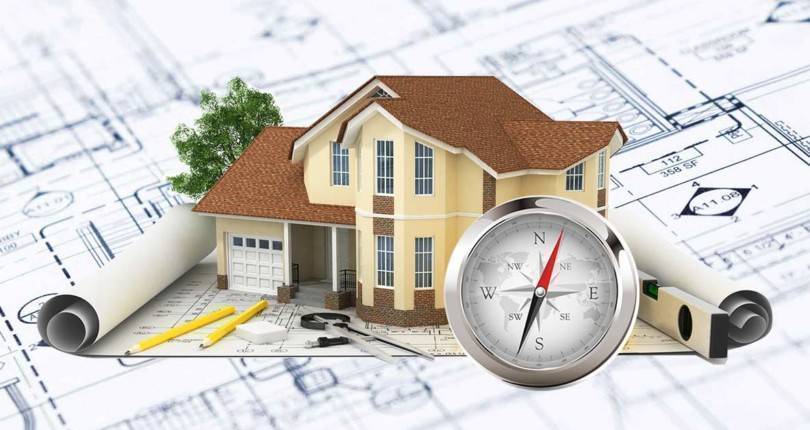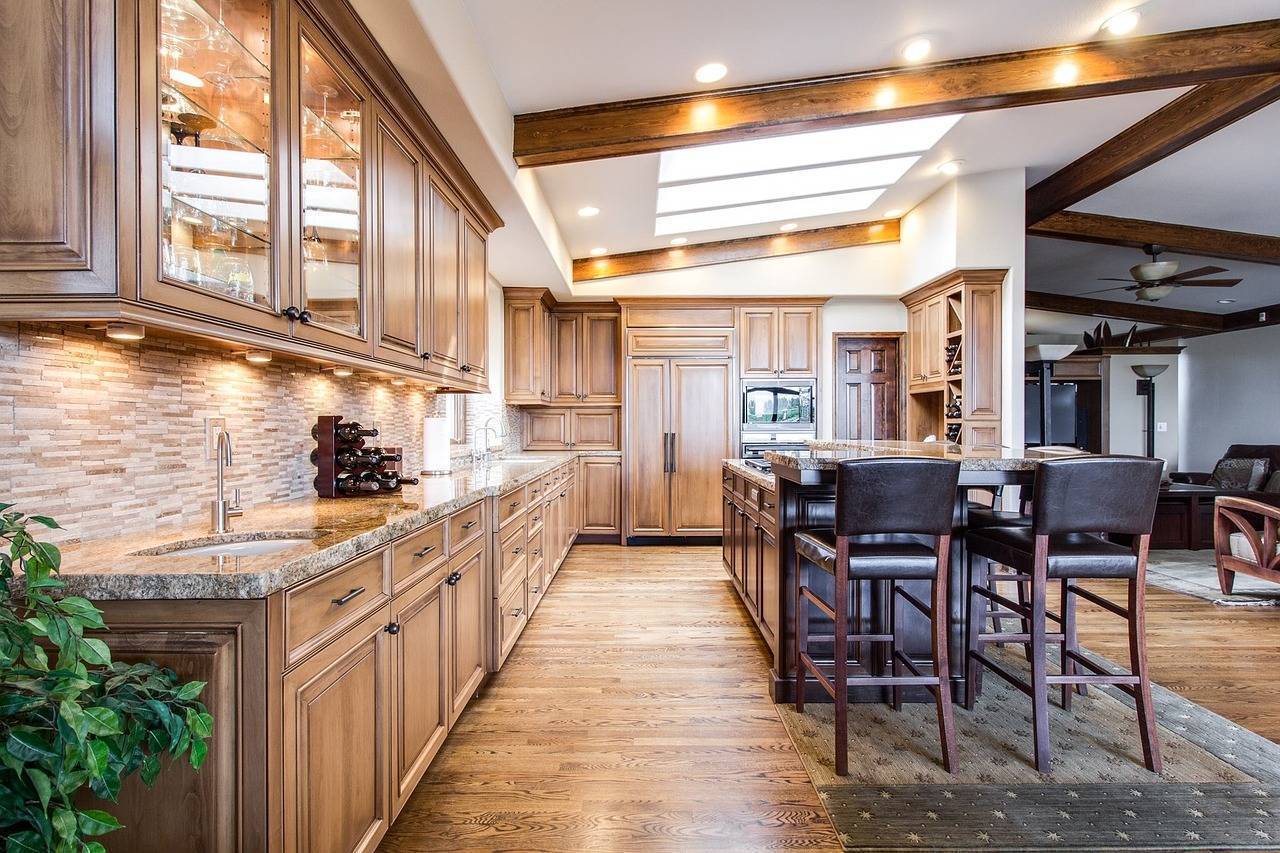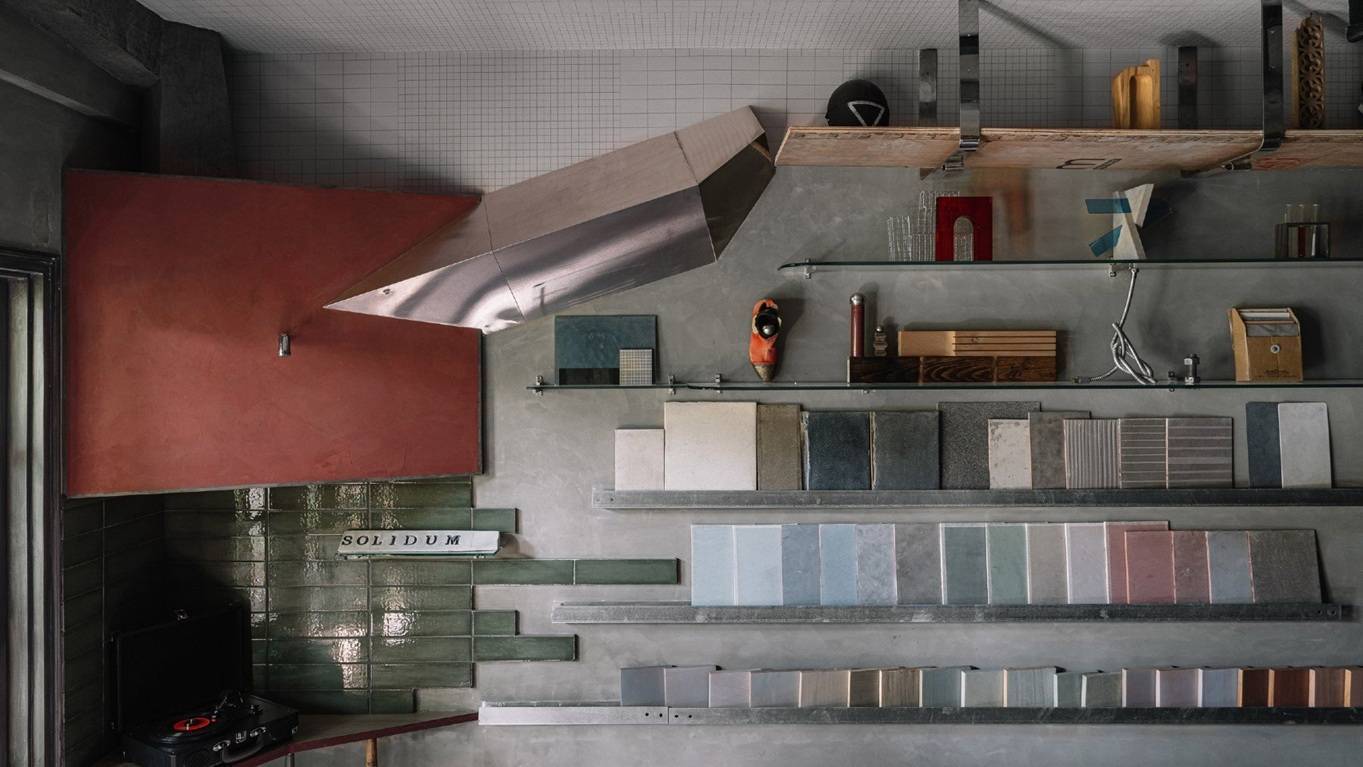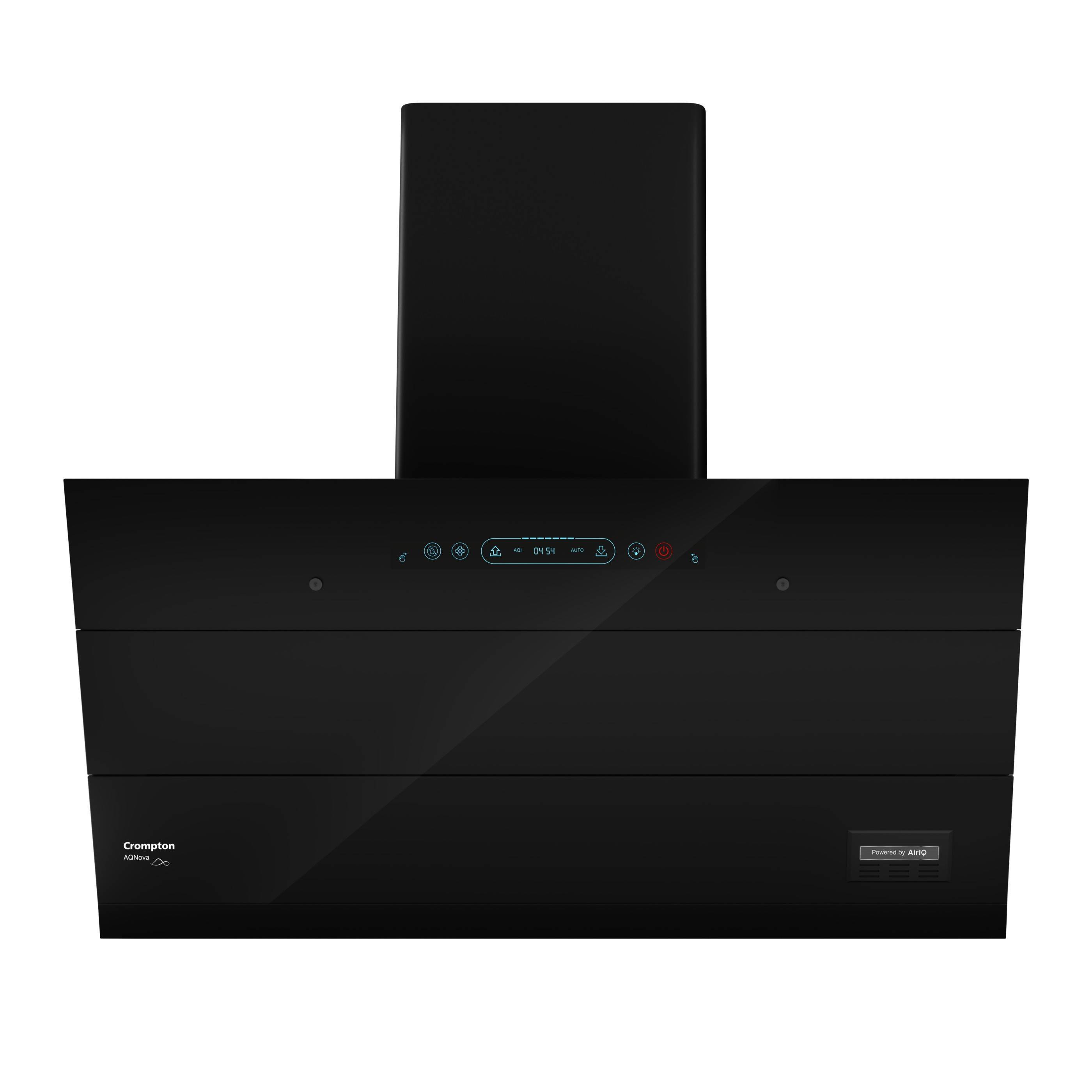Vastu Shastra plays a significant role in our lives, transcending beyond being a mere science of property construction. It forms a connection with ancient Vedic knowledge, promoting harmonious living. The practice involves intricate mathematical calculations based on a site's directional attributes. Rooted in Vedic wisdom it has evolved over the years.
The universe, including our bodies, is composed of five elements: earth (geomagnetic energy), water (gravitational energy), fire (solar energy), air (wind energy), and space (cosmic radiation). These elements exert a profound influence on both individuals and their surroundings.
By analysing these elements, Vastu principles guide the optimal placement of rooms, considering exit and entry passages, as well as the arrangement of furniture. Adhering to these principles contributes to the overall well-being of the occupants in a Vastu-compliant residence. Vastu's role is pivotal in constructing buildings with proper dimensional features and ensuring the harmonious utilization of cosmic energy. Its effectiveness is pronounced when combining traditional and modern perspectives while following correct directional principles as outlined in Vastu science.

Vastu orientation
In Vastu Shastra, orientation refers to the eight guiding directions that influence the life and destiny of residents. The cardinal directions—East, West, North, and South—are fundamental, while the conjunction points—Northeast, Southeast, Southwest, and Northwest—hold particular significance as they merge the powers of two basic directions. Vaastu Shastra revolves around accumulating strengths diversified by forces, aligning with the concept of Pancha Bhootas or the five Elements.

Vastu Principles: Enhancing Life through Positive Energy
Vastu Shastra serves as a guide to channelize positive energies, bringing happiness and peace to homes. Ancient science considers the layout, design, and construction of houses, focusing on alignment and arrangement for prosperity and positivity.
- Orientation for Cosmic Energy: Aligning living spaces to maximize the cosmic energy force of the five elements
- Site Planning for Construction: Incorporating design layout concepts to optimize living space construction.
- Proportion Measurement: Ensuring dimensional harmony in property dimensions, considering length, size, breadth, thickness, and interspace management.
- Architectural Dimensions: Adhering to rules involving foundation, column, entablature, wings, roof, and dome.
- Aesthetic Rhythm: Creating a building with a rhythmic character, considering plot purchase and construction-specific guidelines.
Advantages of Vastu for Building
Vastu planning optimizes every space, allowing natural light and air influx, promoting better physical health, and reducing stress levels. The ancient wisdom of Vastu enhances inner peace, spiritual health, and intrapersonal relationships.
- Harmony and Positive Cosmic Energy: Bringing balance by considering natural elements like rainfall, sunrise, and sunset.
- Mental Health Benefits: Designing according to Vastu principles contributes to mental well-being, offering solace and self-awareness.
- Clutter Reduction: Vastu-compliant homes encourage decluttering, allowing positive energies to flow and promoting healthy relationships.
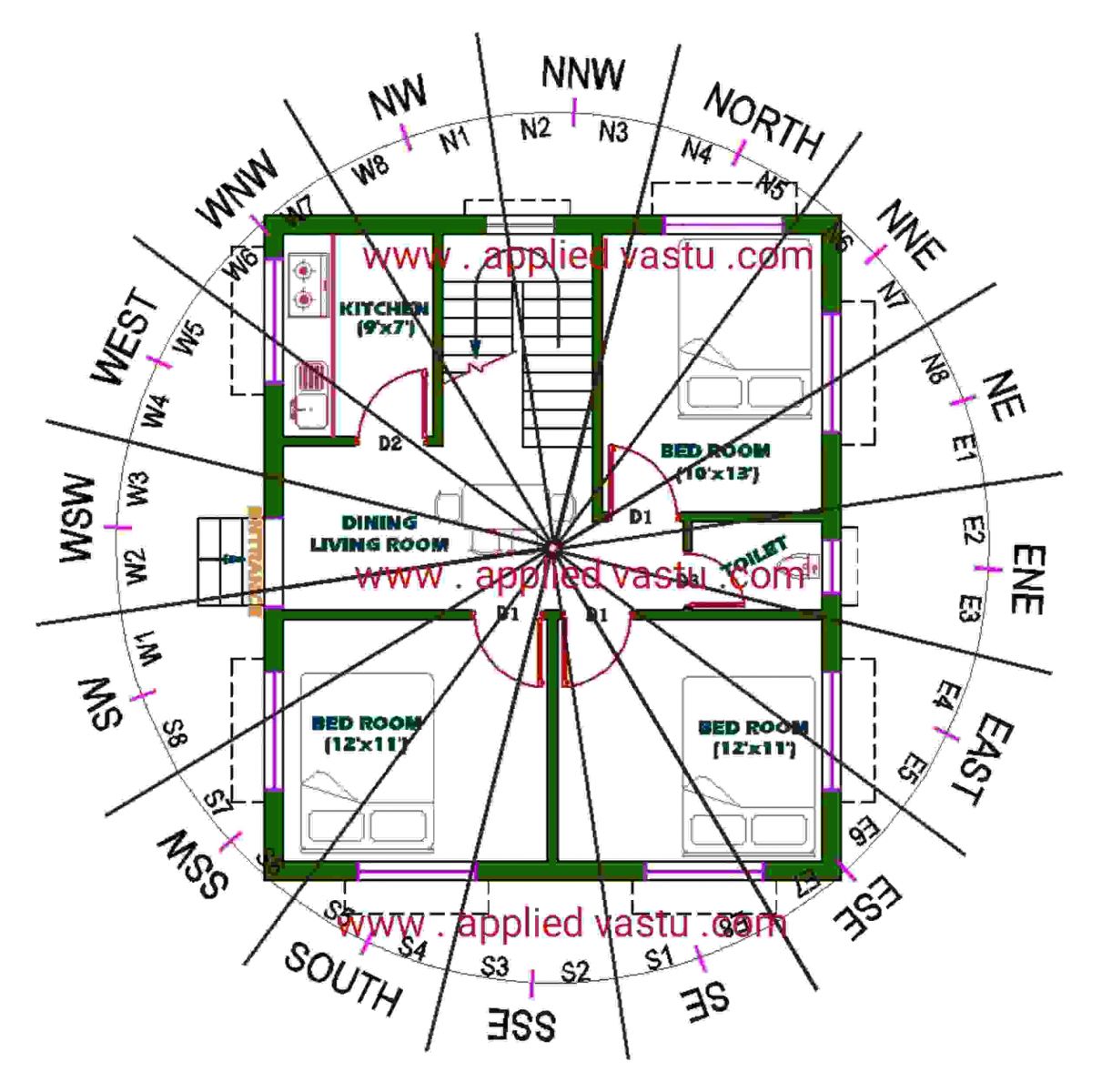
Vastu Tips for a Positive Environment
- Bhoomi Pooja: Perform earth worship when laying the first brick for your home.
- East-Facing Entrance: Ensure the main entrance is in the East for positive energy and happiness
- Deity Placement: Combat loneliness by placing a deity at the entrance.
- Master Bedroom Location: Position the main bedroom in the South-West corner of an East-facing home.
- Kitchen Placement: Cook facing the East; the South-East corner is ideal for a kitchen.
- Bathroom Location: Place bathrooms on the West or North-West sides to avoid negative energy.
- Clutter-Free Space: Discard broken items to allow the free flow of positive energy.
- Cross Ventilation: Arrange doors and windows for proper air circulation.
- Compact Storage: Build small, organized storage areas to prevent trapping positive energy.
- Mirrors for Positivity: Use mirrors for a beautiful appearance and free flow of positive energy.
- Buddha Statues: Include a Lord Buddha statue for harmony, peace, and prosperity.
- Pooja Room Positivity: Design the pooja room on the ground floor; avoid the basement, and pay attention to colour selection.
- Colour Selection: Use relaxing colours like white, blue, or yellow for a positive atmosphere.
Conclusion
Vastu Shastra serves as a guideline for optimised architecture, aiming for the well-being of inhabitants. While strict adherence may not be necessary, incorporating as many principles as possible can yield positive results. Vastu is increasingly shaping the development of various properties, influencing the planning of towns, cities, and the construction of temples and monuments since ancient times.
Images- Verito.today purespiritualhealing.com, Aurorealty.com, appliedvastu.com, magicbricks.com

